Dundee United’s business model has been dented by the SPFL tribunal decision that they’re due no compensation from Hearts for Lewis Neilson.
There’s no point spending years producing young players if they’re going to leave for free after very brief spells in a first-team jersey.
Neilson made just 19 appearances for United where he’d been since the age of 10.
That’s bad business for a club template which is based on profiting from home-reared talent.
EXCLUSIVE: Dundee United to miss out on Lewis Neilson compensation as SPFL rules in favour of Hearts https://t.co/gmeIxqQCcB pic.twitter.com/KnGOTtnVkH
— The Courier Sport (@thecouriersport) October 20, 2022
Mark Ogren has poured millions into United but his hope is that they would eventually become self-sustaining.
From the days of Jim McLean, United have sold some of their best and brightest for good fees.
It’s a tried and trusted model for most clubs, but the key word is ‘fees’.
It’s one thing if a player has given the club a hundred appearances or so and leaves without money changing hands.
The good service given is the quid pro quo in that situation.
But when they depart like Neilson has done after long and expensive investment which yields nothing for the club, then something has gone badly wrong and needs addressing to ensure there’s no repeat.
Otherwise why bother investing in youth at all?
Time for Scottish clubs to address Old Firm inferiority complex
Dundee ran Rangers close in their 1-0 defeat in midweek while United’s 9-0 hammering from Celtic is still fresh in the minds of Arabs.
Getting anything against the Glasgow behemoths is notoriously difficult.
I think though that the Hibs boss Lee Johnson nailed a major factor at play after his team’s 6-1 thrashing at Parkhead.
“I think we were beaten before we went into the game. It was an absolute shock to me,” he said.
“I spoke to a couple of psychologists, and I realised that these guys [his players] have probably been beaten year-on-year since they were eight years old by these teams.
“You practically come out of the womb and you’re told Celtic and Rangers are amazing.”
The Hibs boss is looking at starting a psychological programme with his younger players to address the issues.
During the reign of Alex Ferguson and Jim McLean the Dons and United could beat Celtic and Rangers at home, and at Ibrox and Parkhead.
Fergie in particular installed a positive winners mentality at Pittodrie which really put the wind up both Glasgow sides.
I recall Willie Miller once telling me that before one game in the Ibrox tunnel some Rangers players were physically shaking.
They knew the Dons had their measure and the beating of them.
If it takes psychology classes so that the next generation of kids have instilled in them a sense of self-belief that they can take the Glasgow pair on, then every club should be doing it.
It’s time for all Scottish clubs to address their weak mentality against Celtic and Rangers instead of continuing to meekly bend the knee and trotting out excuses.
PODCAST: Twa Teams, One Street – Dee-feated but un-Dee-terred as United get Killie’d in the cup https://t.co/sNo3L5LLuS pic.twitter.com/uPPUPjDuL3
— The Courier Sport (@thecouriersport) October 20, 2022
Supporters too should not be prepared to accept their teams losing to both as some pre-ordained fact of life.
It’s embarrassing that too many docile managers and boardrooms have tolerated the situation for so long.
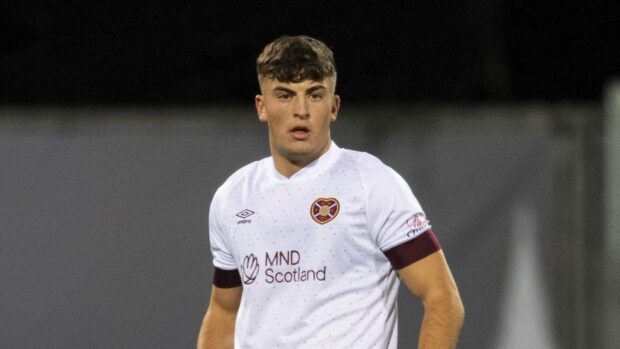
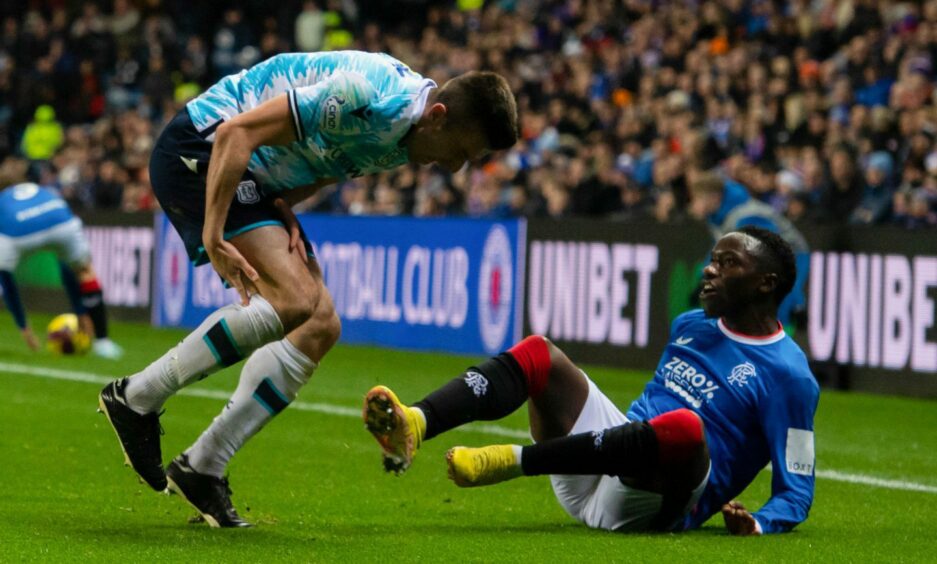
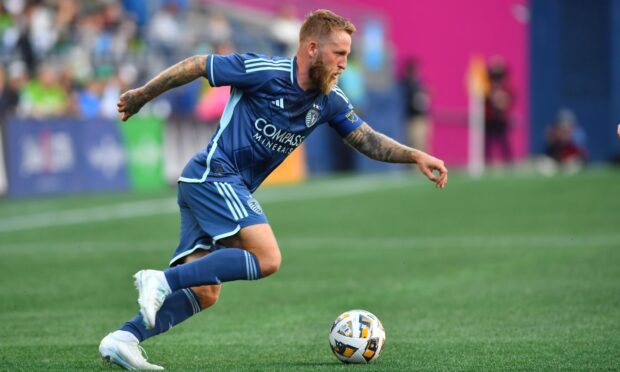
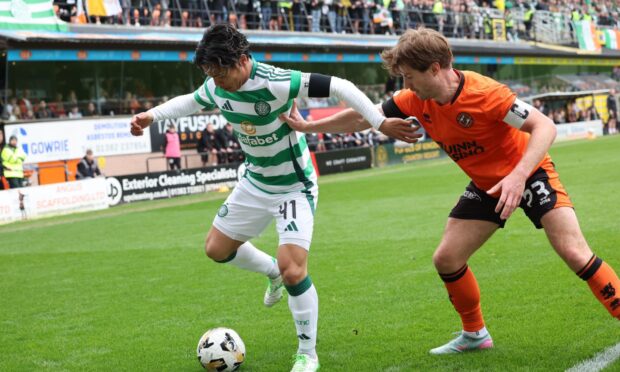
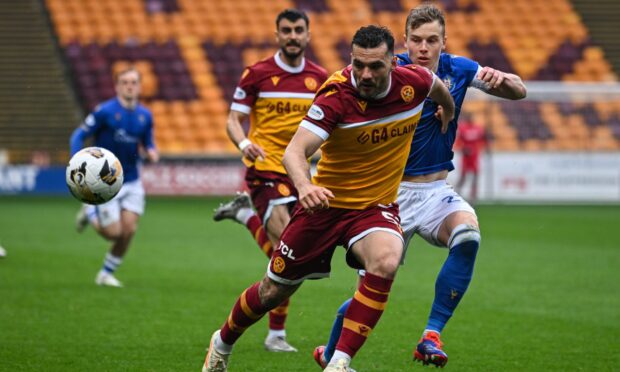
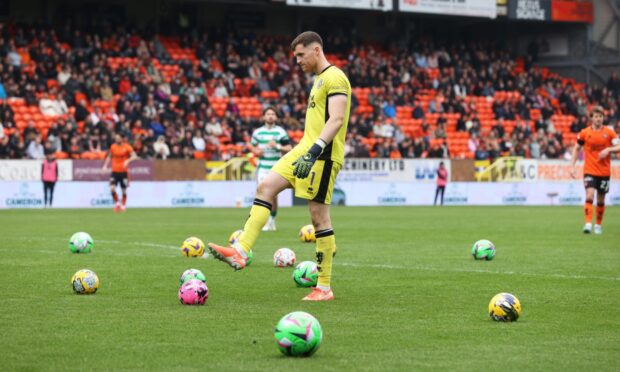
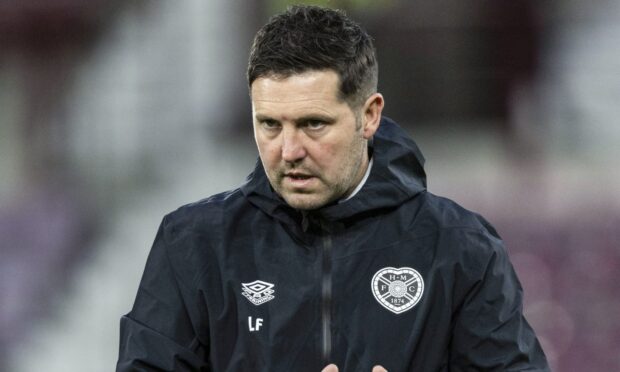
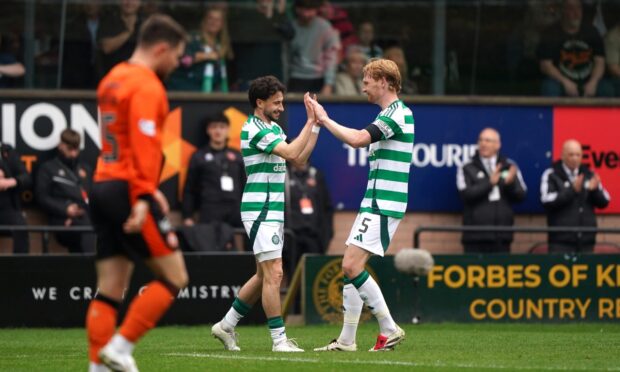
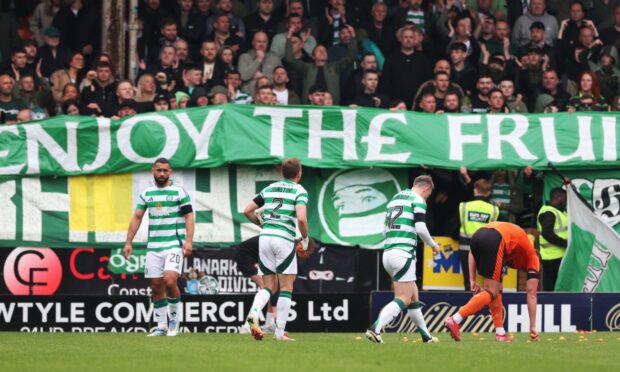
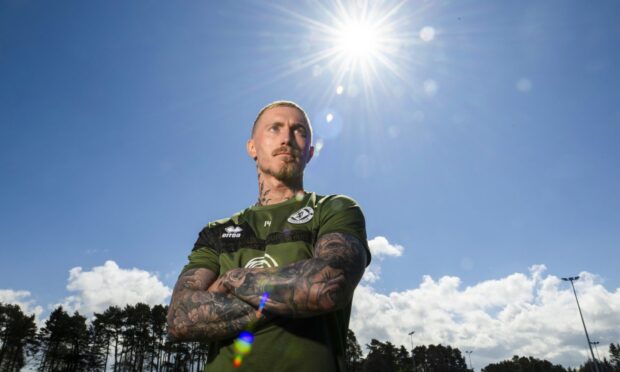
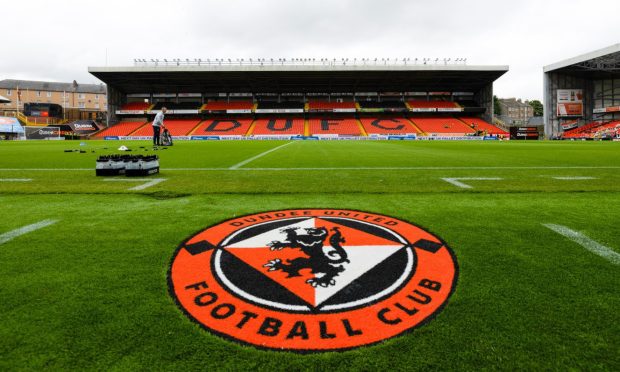
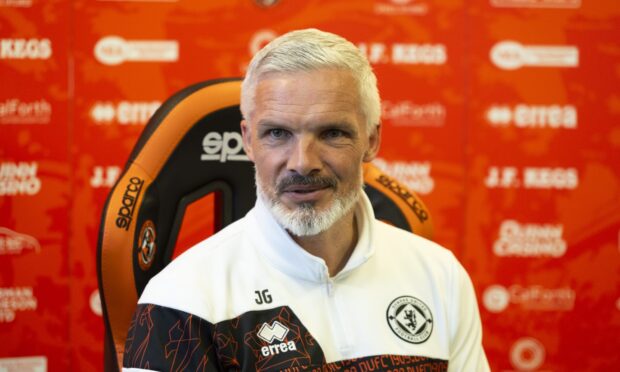
Conversation